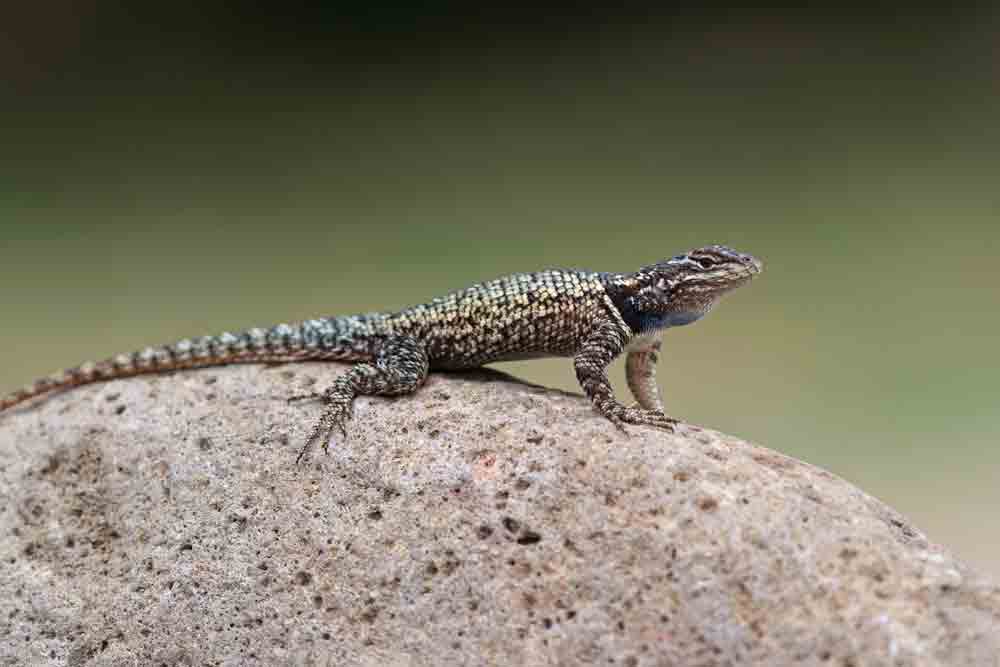The lizards at the lower elevations could not tolerate the increasing heat, which the researchers say is a signature pattern of climate change.
The Yarrow’s spiny lizard (Sceloporus jarrovii) is facing a greater threat of extinction due to climate change, as researchers show that half of the lizard’s populations have complete disappeared from their native ranges in 18 of Arizona’s Sky Islands mountain ranges. The researchers, led by Prof. John J. Wiens, of the University of Arizona’s Department of Ecology and Evolutionary Biology, and senior author of the study, studied all 18 mountain ranges in 2014, and 2015 and then resurveyed the ranges in 2021 and 2022. The resurvey found that the populations of these lizards had disappeared by half due to the warmer than normal temperatures at the lower elevations. The lizards at the lower elevations could not tolerate the increasing heat, which the researchers say is a signature pattern of climate change.
“The rate of extinction in such a short time period was shocking,” Wiens told the University of Arizona News.
The researchers then compared their data with historical records of the last 42 years and found that the average extinction rate for the lizard populations in these mountain ranges had tripled over just the last seven years. Wiens also noted that a distinct lineage of the Yarrow’s spiny lizard in the Mules Mountains, dating back 3 million years could become completely extinct by 2025.
Warming Planet Causes 99 Percent of Raine Island Sea Turtle Hatchlings To Be Female, Study Says
Climate Change To Kill Off More Than 800 Herp Species During Next 100 Years, Study Says
“The low-elevation populations in the Mules were fine in 2014. Now the only ones that we have found left were within about 300 feet of the top of the mountain in 2022, and they appear to have been losing about 170 feet per year,” he said.
The researchers did note that two populations of the lizard that live at very low elevations continue to persist, suggesting that the less genetically diverse, the greater the chance of extinction. Those that did disappear were less genetically variable and were exposed to greater climate change effects than those that disappeared from their range.
An abstract of the paper, Accelerating local extinction associated with very recent climate change,” can be read on the Ecology Letters website.
About the Yarrow’s Spiny Lizard
The Yarrow’s spiny lizard is native to the southwestern United States and northern Mexico. The subspecies in Mexico is known as Sceloporus cyanostictus. It lives in forests and rocky areas and has a snout to vent length of about 4.1 inches. Its colors vary from pink, green, blue and copper, with a dark gray head. The males have a blue throat and a blue belly. It sports a black collar. It is in the family Phrynosomatidae and the genus Sceloporus.



